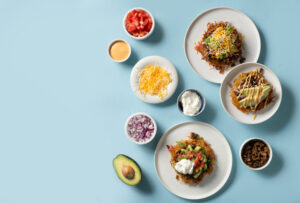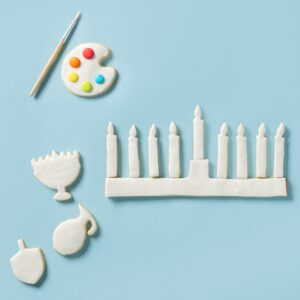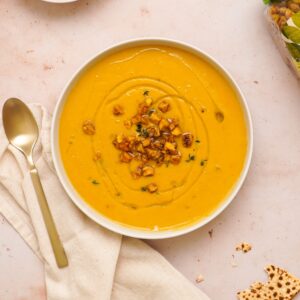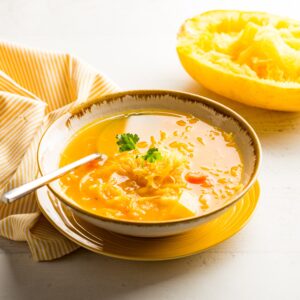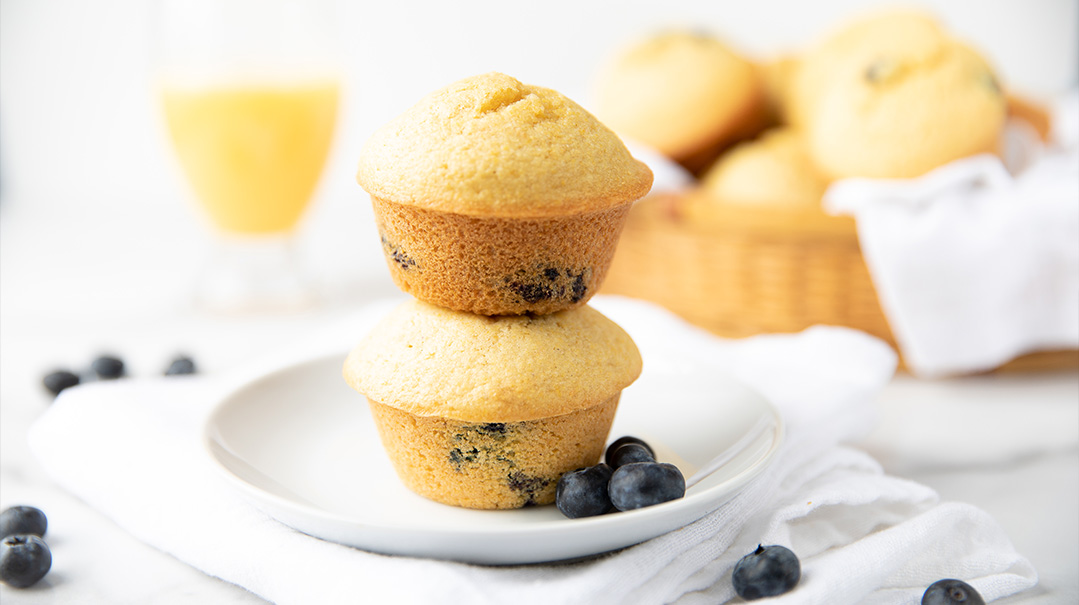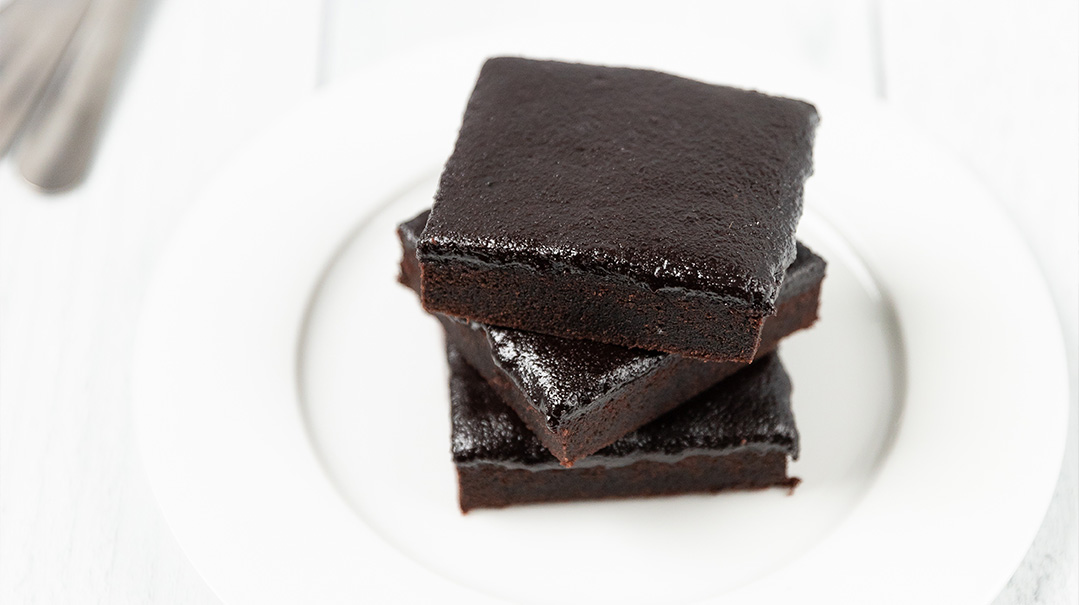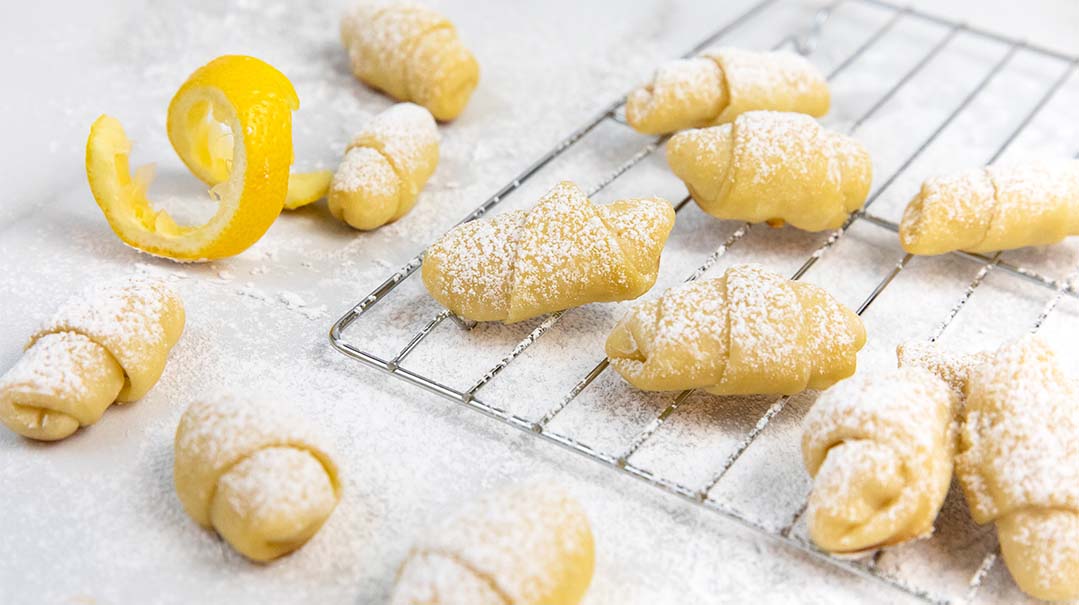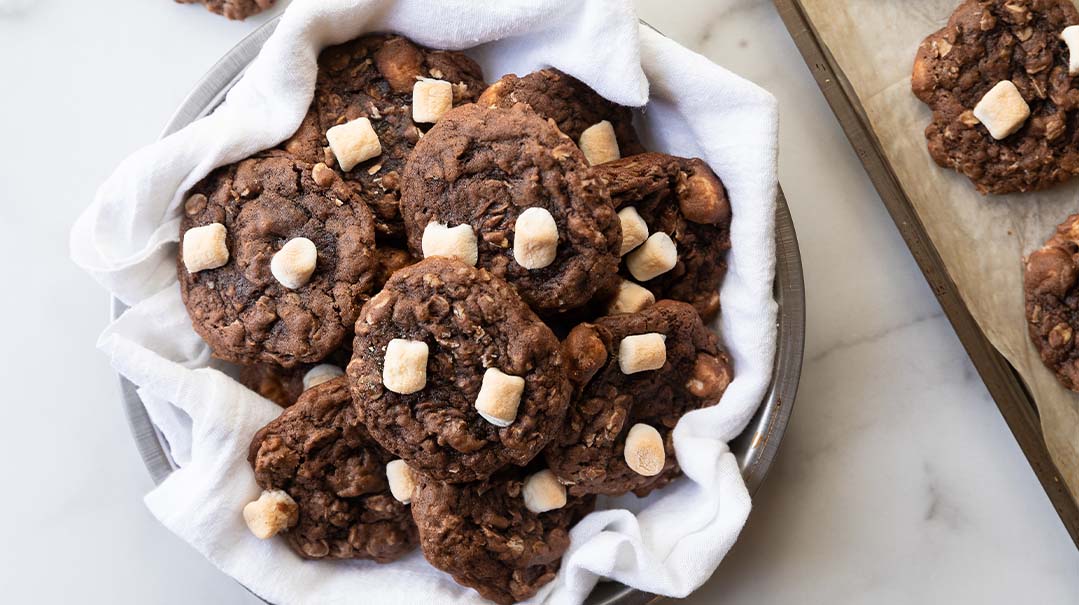Spelt Challah

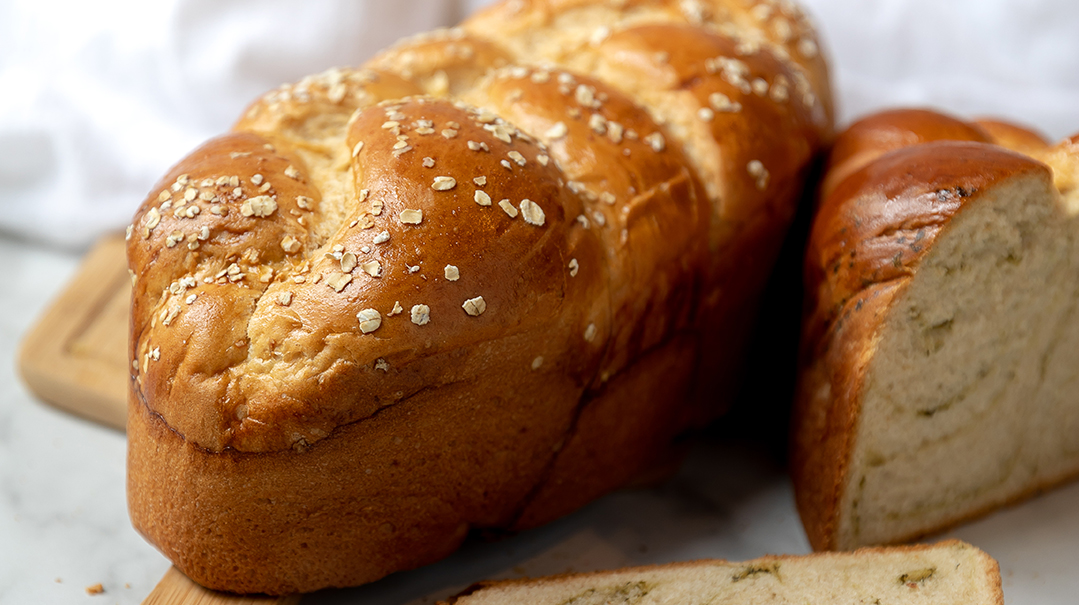
Photo Credit: Saraizel Senderovits
I’ve been making Estee Kafra’s water challah exclusively for the last few years. It’s light, airy, and has never failed me. In an effort to eat healthier, however, I wanted to try switching to spelt challah. I figured I’d start with the same recipe and tweak it as needed — but it worked out great!
For the Shabbos night and day meals, I am a traditionalist and use only plain challah. For Shalosh Seudos, I don’t mind changing things up a bit, so I filled some of the challos with a savory paste (see instructions below).
Challah Dough
YIELDS 5 LARGE CHALLOS
- 5–5¼ cups warm water, divided
- 1 cup white sugar
- 3 oz (85 g) fresh yeast (can sub with 3 Tbsp + 2 tsp active dry yeast)
- 5 lb (2.2 kg) white spelt flour
- 4 Tbsp kosher salt
- 1 cup oil
- 1 egg, beaten, for egg wash
- toppings, as desired (oats, seeds, or Everything But the Bagel Mix)
Place 3 cups warm water in the bowl of your mixer together with the sugar and yeast. Allow it to sit for 10–15 minutes until the mixture is foamy. Add flour, salt, and oil, along with 2 more cups water. Add more water 1 tablespoon at a time, if needed.
Start mixer on low and increase speed to medium as ingredients are incorporated. Mix for 5 minutes, allow to rest for 2 minutes, and then continue to mix for an additional 5 minutes.
Transfer dough to a large greased bowl, and flip dough so that it’s greased on all sides. Cover bowl with plastic wrap or garbage bag and allow to rise in a warm area for 1 hour.
Take challah.
Form dough into desired shapes. I like to make 5 three-strand challahs. I divide the dough into 15 equal portions. I like to weigh them on a food scale — each ball should be approximately 9 oz (255 g).
Roll each ball into a long strand and braid your challah. Transfer the challos to a challah pan or lined baking sheets. Top with an egg wash and desired topping. Allow to rise for an additional 1 hour.
Preheat oven to 400°F (200°C). Bake challos for 20 minutes. Reduce temperature to 350°F (175°C) and bake for another 20 minutes.
Savory Fillings
For a savory touch, you can use either store-bought pesto or the following ingredients, processed into a fine paste:
- ¼ cup sundried tomatoes in oil, drained
- ¼ cup hearts of palm
- ¼ cup sliced green olives
- pinch of salt
When making your challah, take a ball of dough and roll into a rectangular shape with a rolling pin. Smear filling over the dough and roll up into a strand. Do this with another two balls and braid as usual. You can slice slits along the strands at the top of the challah so some filling peeks through. Allow to rise for a second time and bake as directed above.
Tips
Spelt flour is more nutritious, higher in protein, and lower in calories than white flour. It contains a wide variety of nutrients and is more easily digested.
Spelt may be helpful for people who struggle with gluten intolerance, but it is not gluten free.
White spelt flour is ground without the outer bran layer, which results in a finer texture, making it a better substitute for white flour.
Spelt flour is more water soluble than wheat is, so when replacing white flour in a recipe, you’ll want to cut back on the liquid in the recipe. Start with three-quarters of the amount of liquid and add as needed.
(Originally featured in Family Table, Issue 755)
Oops! We could not locate your form.



